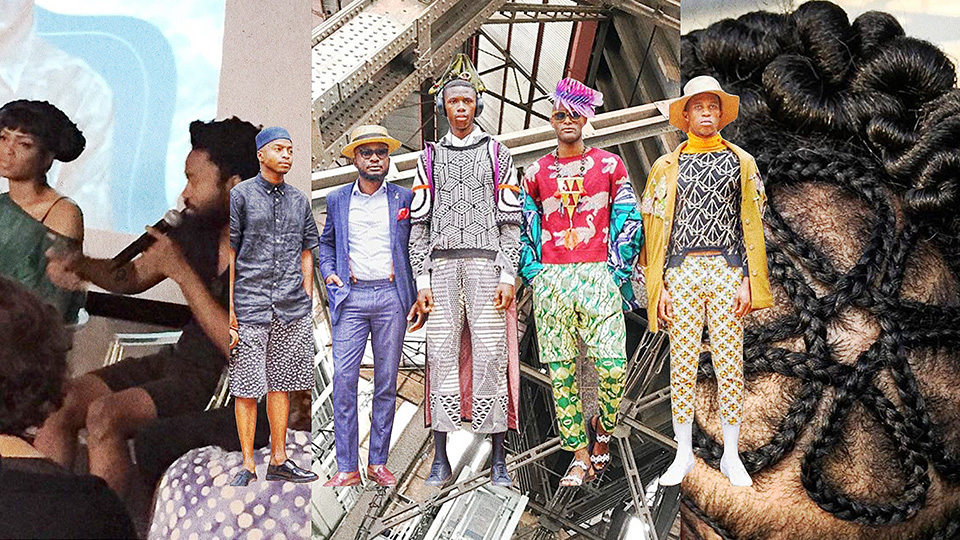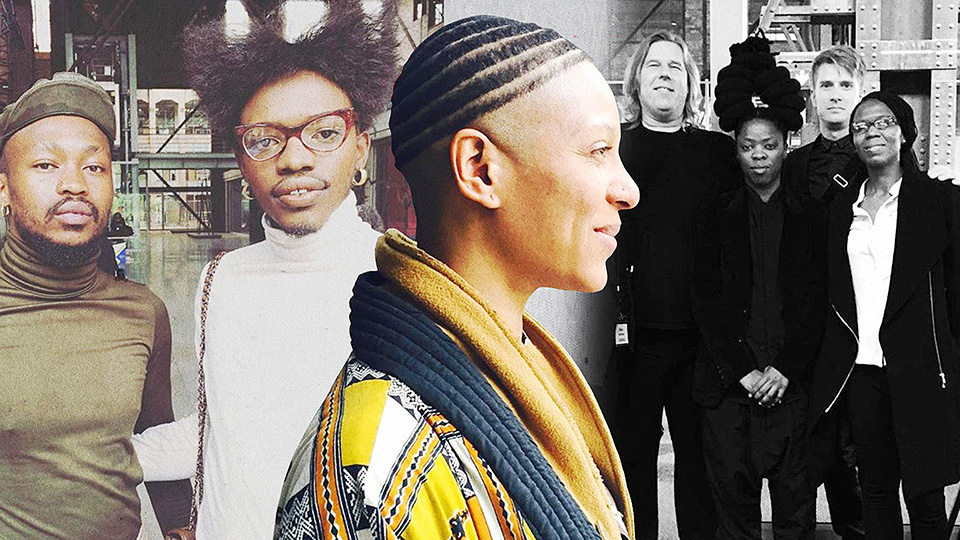The black body is a highly contested terrain that demands serious and complex examination into the lived experience of marginalized people. The Black Portraitures conference III, “a series of conversations about imagining the black body” was held from the 17th till the 19th of November 2016. This event was to be “a forum that [gave] artists, activists, and scholars from around the world an opportunity to share ideas from historical topics to current research on the 40th anniversary of Soweto”.
Though it was initially meant to be held on the Wits university campus, due to the growing fears of student protests in Johannesburg, it was later moved to the Turbine hall the home of Anglo America. This new venue with its concrete walls and security at every corner would ensure that this conference would continue without any outside delay.
The far-reaching influence of South African Artists like Ernest Cole and George Pemba would influence the decision to host the conference in Johannesburg, South Africa. Their works showed the harsh realities of black people under Apartheid and would give record to its struggle. It was also the music of Miriam Makeba and the images featured in Drum magazine that revealed this country as a rich source of a cultural production whose influence would make its way across the Atlantic.
Today this influence continues through the works of Zanele Muholi. Her works on queer black bodies in the South African townships would constantly be referenced throughout the panel discussions that I attended. She would also contribute to the opening remarks as she asked the South African participants to sing their national Anthem, a motion that would be consumed with wide-eyed enjoyment of our mostly American colleagues.
The speakers of the conference were drawn form academia, the arts, theatre, art history, journalism, literature and dance. These intellectuals would go on to provide a diverse analysis relating to black lives dealing with “the recent Rhodes must fall protests, #BlackLivesMatter, photography from post conflict zones, the poetry and politics of black hair and the 40th anniversary of the Soweto Uprising.” (http://suttonpr.com/assets/In-Context-2016-press-pack.pdf)

The presence of US Ambassador Patrick Gaspard, armed with his suite clad body guards whispering into plastic ear pieces, reflected on the importance of this conferences:
“It is of keen consequence that this conversation arrive in Johannesburg not only at a moment of historical reflection, but also at the a critical juncture when the masses of young Africans throughout the diaspora are no longer mere subjects in the running narrative on equal access to justice, but have become the provisional producers and curators of their own provocation” (www.blackportraitures.info)
Yet the discussions within the conferences panel would go to show the black diaspora were never just the subjects of such narratives to begin with. The conference would show the ways in which black bodies have been constantly excluded from the very mainstream knowledge production that would seek to establish them as inferior. What I would see is an examination into how those same bodies would seek alternative avenues in which to assert their identity and humanity in the midst of their systematic silencing. It is this very same process which continues today resulting in the emergence of new political movements that continue the struggle for the recognition of black lives.
One such panel whose focus on Afrofuturism would examine how this literary and cultural aesthetic was being used in Detroit by artists and musicians to create new urban movements against gentrification and for basic amenities in mostly back communities.
A well attended panel on “Universal Blackness: The diaspora Experience in the 21st century” would be presented by the Art Noir collective. Their discussion examined the deep challenges of black production within the arts. The very conference would be an expression of such challenges with the view that the conference was American organised and mostly funded. Although featuring many black American artists what resulted was the sidelining of the ideas and perspectives of local (South) African artists. The struggle was one from those from the South to take back their own spaces of production but also be very conscious of their own complacency within the very artistic structures that would maintain the unequal position of black artists in the art world.
One panel on Black power and protest went on to examine how “images have been used to protest ignorant notions of inferiority, while simultaneously combating apathy by attracting citizens to join movements.” Zanele would herself present in this discussion examining how her work as a photojournalist documented the lives of those sidelined in society whilst also acting as reclamation of their existence through portraits of black queer bodies.

With over 150 papers presented there was no shortage of good conversations and questions from the participants. The afternoon would also offer much entertainment and visual inspiration. For the opening night The Goodman gallery would host the conference opening with a festive reception and a celebration of its 50th anniversary in 2016.
As part of celebration the Goodman would host the exhibition Africans in American which formed a part of their In Context 2016 series. The series functioned in “tracing the criss-crossing lines, shared histories and points of departures in the field of African, African Diaspora and African American Art and Art history” by working with the Black Portraitures Conference in “addressing [the] gaps in art history and re-writing it from diverse perspectives” (http://suttonpr.com/assets/In-Context-2016-press-pack.pdf).
The closing ceremony of the conference would be held at the Johannesburg art Gallery and feature some of South Africa’s leading figures in historical and current contemporary art. Some of the artists include Mary Sibande, Tracey Rose and Zanele Muholi. Also featured are the works of Dumile Feni and Gerard Sekoto as part of the historical presentation (https://friendsofjag.org/news-stories/2016/11/11/the-evidence-of-things-not-seen).
Though the conference may be over you can still view the exhibition at the JAG and Goodman Galleries, that for any contemporary South African art enthusiast is a definite must see. Though the conference is over its impact can still be found in the ideas and challenges presented to its participants and speakers at the event.
Yet one has to be in wonder of the logo for the In Context 2016 series. It features image of two continents, North America feeding into an Africa coming from below. This ironical presentation of the North to South dialogues seems to unintentionally reflect the deep power imbalance between these two continents. The conference aimed to find the commonalities between our lived experiences as a black diaspora. However, are we adequately able to engage with such ideas when global inequalities are so apparent, especially amongst its participants? Its privileged American (and even local) participants enter the space as Americans and the power that comes with such citizenship where the majority of African’s are being excluded from such opportunities.
The question to ask is how the dialogue amongst its participants would have been different had those without the power and privilege of being able to enter such middle class spaces? The very spaces that claim to be engaging with the ideas surrounding black knowledge can inadvertently exclude the very voices that they claim to be engaging with. There can be no real discussion surrounding equality and justice when those most affected by the lack of such are excluded from these debates.



















































